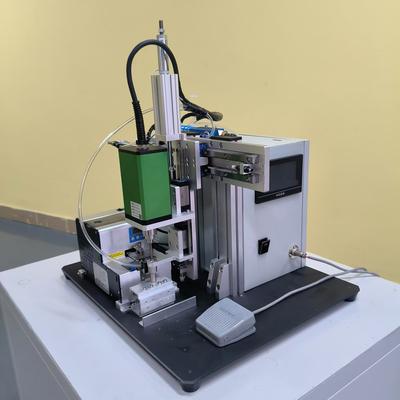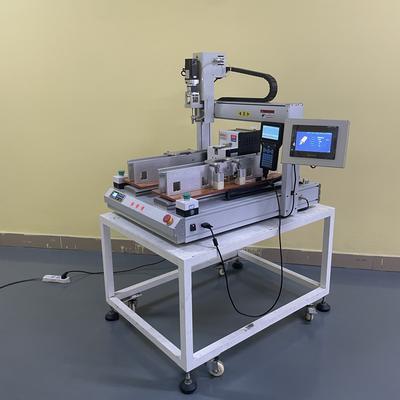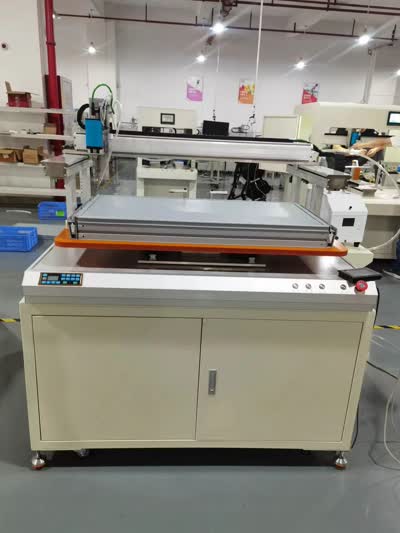Screw Locking Robot for PCB Assembly | Industrial Automation
| Product Name | Applicable industries |
| Screw Locking Robot | Industrial Control Panel Assembly |

In the fast-evolving world of industrial automation, the integration of screw locking robots into printed circuit board (PCB) assembly processes has become a transformative innovation. These advanced robotic systems are designed to automate the precise and repetitive task of fastening screws, a critical step in securing components onto PCBs. By leveraging this technology, manufacturers can achieve higher levels of efficiency, accuracy, and reliability in their production lines.
Screw locking robots are equipped with sophisticated vision systems and sensors that enable them to identify screw holes and components with exceptional precision. This eliminates the risk of human error, such as cross-threading or over-tightening, which can lead to damaged boards or faulty connections. The robots apply consistent torque and alignment, ensuring every screw is fastened to the exact specifications required for optimal performance. This level of precision is particularly crucial in industries like automotive, aerospace, and consumer electronics, where PCB reliability is non-negotiable.
Beyond accuracy, these robots significantly enhance production speed. Traditional manual screw driving is time-consuming and labor-intensive, often causing bottlenecks in high-volume manufacturing. Automated systems can operate continuously without fatigue, reducing cycle times and increasing throughput. This acceleration not only meets growing market demands but also allows companies to reallocate human resources to more complex tasks, such as quality control and process optimization.
Another key advantage is the improvement in worker safety and ergonomics. Manual screw driving involves repetitive motions that can lead to musculoskeletal disorders and fatigue-related injuries. By automating this process, companies create a safer work environment, reducing the physical strain on employees and minimizing the potential for accidents. This contributes to higher job satisfaction and lower healthcare costs, aligning with modern workplace wellness initiatives.
The adaptability of screw locking robots is also noteworthy. They can be programmed to handle various screw sizes, types, and patterns, making them suitable for diverse PCB designs and assembly requirements. With easy integration into existing production lines, these robots offer a scalable solution that grows with technological advancements. As Industry 4.0 continues to shape manufacturing, the data collected by these robots—such as torque measurements and assembly metrics—can be used for predictive maintenance and process improvements, further enhancing overall operational intelligence.
In summary, the utilization of screw locking robots in PCB assembly represents a significant leap forward in industrial automation. It combines precision, efficiency, safety, and flexibility to meet the rigorous demands of modern electronics manufacturing. As technology advances, these robotic systems will undoubtedly play an increasingly vital role in driving innovation and competitiveness across global industries.


